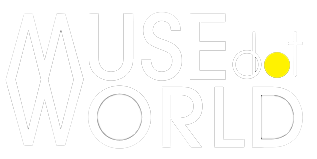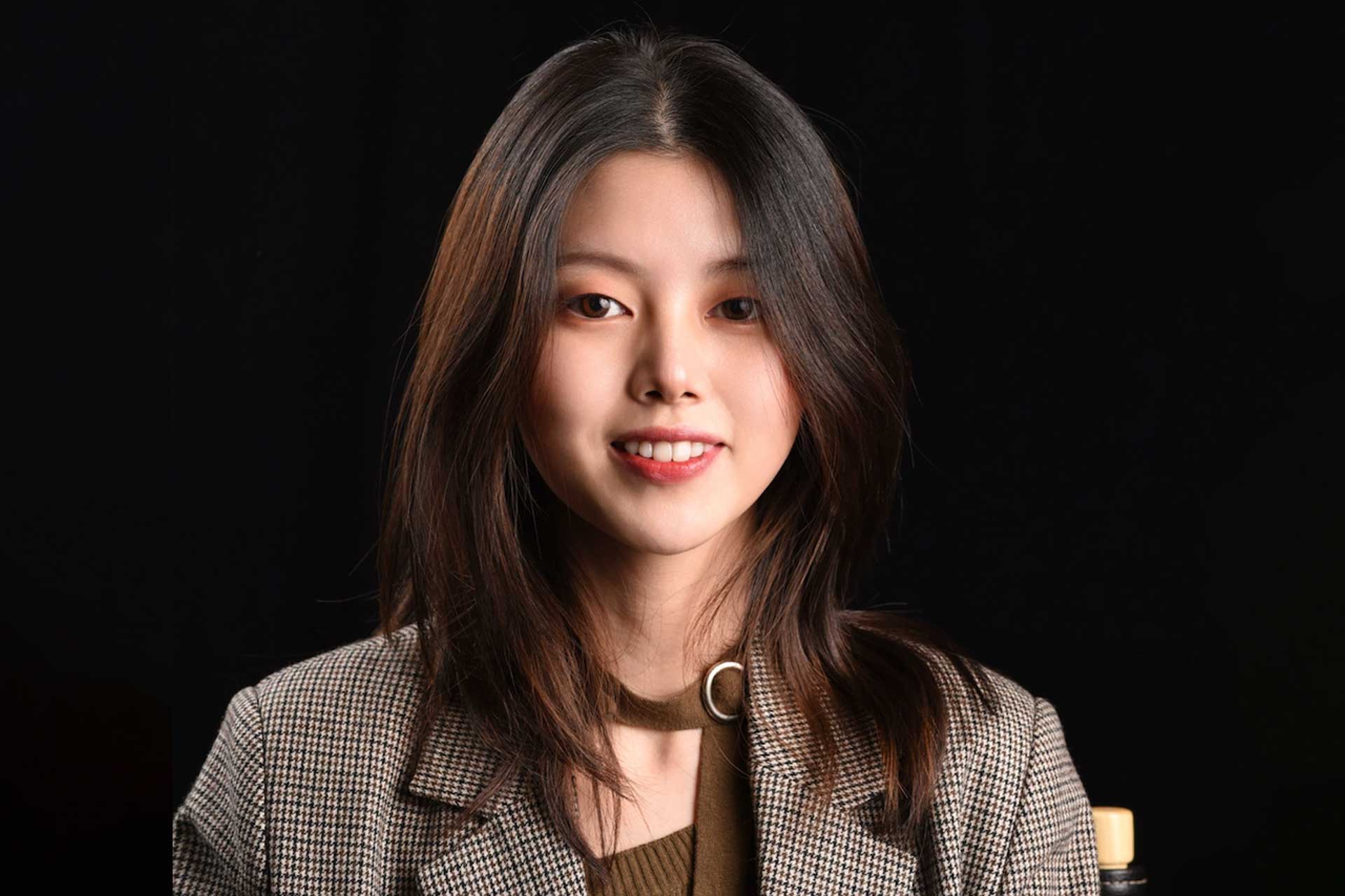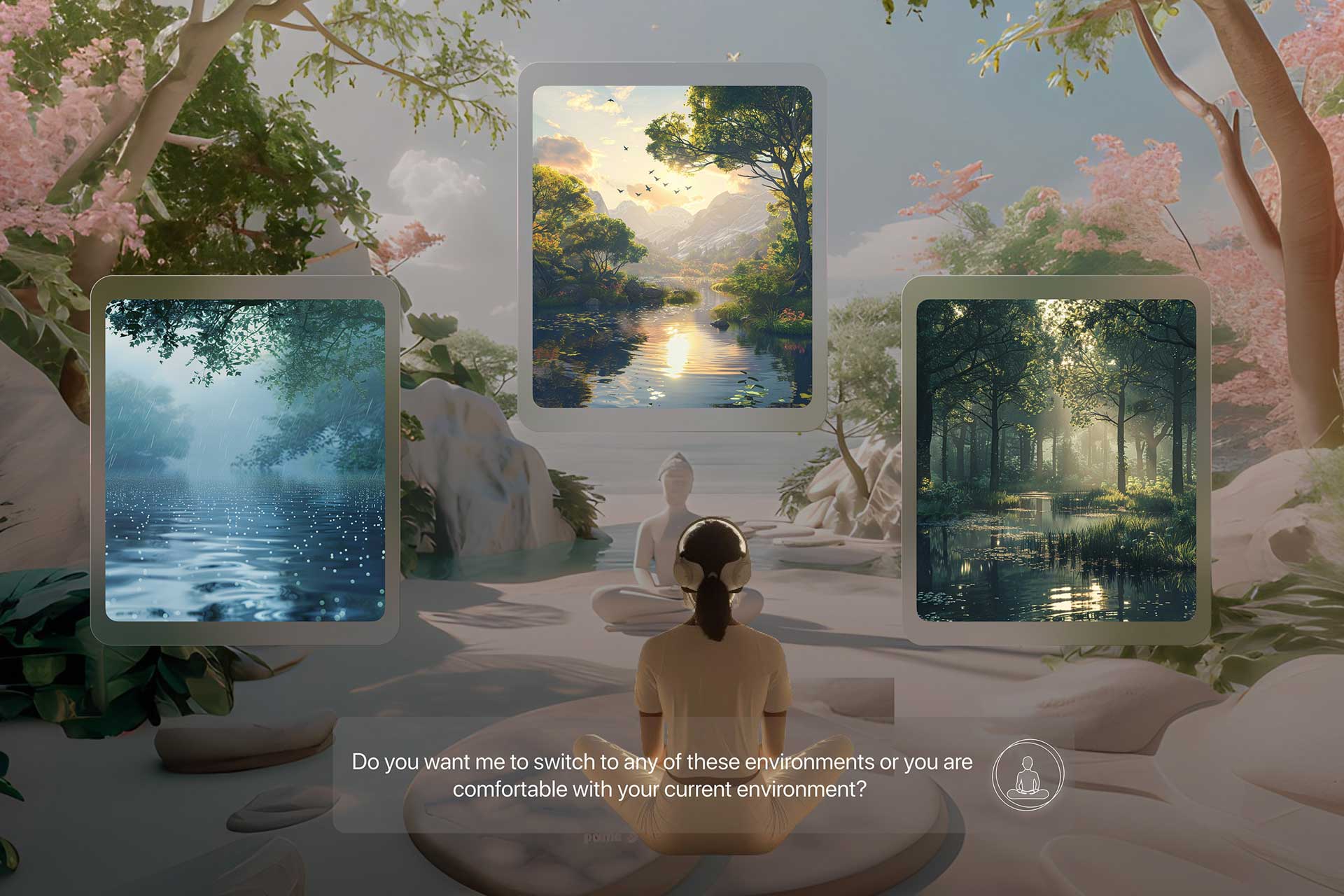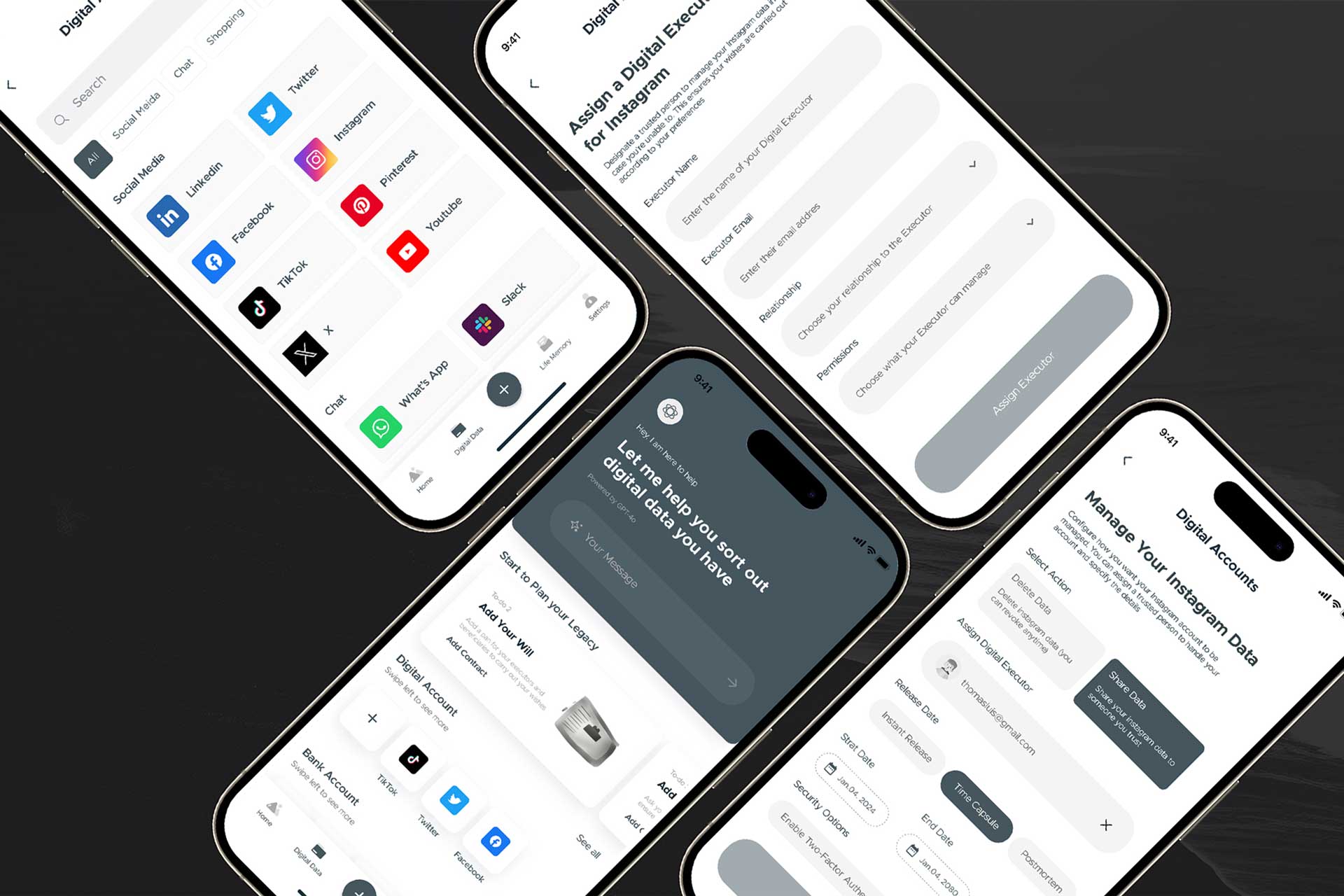How Shanshan Yuan of REEKON Tools Transforms UX/UI for MindEase
Shanshan Yuan
Shanshan Yuan, a Boston-based UX/UI designer, has led the design of core products at REEKON Tools for over two and a half years, enhancing digital tools for professionals in the construction industry. Her work reflects a passion for integrating advanced technologies like AR and VR.
I’m a UX/UI designer based in Boston, and I've been the lead UX/UI designer for REEKON Tools for the past 2 and a half years. During this time, I’ve led the end-to-end design of multiple core products, shaping the user experience of innovative digital tools for professionals in the construction industry. My work has been recognized globally, earning prestigious awards for both independent and company projects.
I have a diverse design background, with expertise in traditional UX design and Entertainment Technology design. I’m passionate about integrating cutting-edge technologies like AR/VR into my work, but I always prioritize creating intuitive, user-friendly experiences that are accessible to everyone. My academic background includes a bachelor’s degree in Interaction Design from Miami University and a master’s degree in Entertainment Technology Design from Carnegie Mellon University.
Creativity for me is about exploring new possibilities in technology while ensuring that the end result is simple and enjoyable for users. I enjoy pushing the boundaries of what design and technology can achieve, but I never lose sight of the human element—making the complex feel effortless for the people who use it.
My first experience with design was when I helped my father at his traditional Chinese medicine store. At that time, computers weren’t widely used in China, and we faced two significant challenges: customers often struggled to articulate their symptoms clearly, leading to miscommunication and wrong prescriptions, and many people were unsure about the effects of the herbs we recommended, which made it hard to build trust.
I saw this as an opportunity to introduce structure and clarity to the process, so I helped create a system where we categorized the most common medicines and their purposes. We presented these bundles at the front of the store, explaining each component and how it could help. This simple design approach improved communication with our customers, built their confidence, and ultimately boosted my father’s business.
This experience sparked my interest in problem-solving through design. I realized how design can simplify communication, break down barriers, and build trust.
I start by defining a specific goal. Shortly after that, I would dream big by thinking of all the technologies and design techniques I could use.
After researching and narrowing down the options, I simplify the design, always putting myself in the shoes of the most naive user. This ensures that even the most advanced technology remains accessible and easy to use.
Growing up in China, surrounded by the deep traditions of Chinese culture and my family's traditional Chinese herb store, has profoundly influenced my creativity. The last 20 years have seen rapid modernization, and living at the intersection of old traditions and new technologies has shaped how I approach design. The contrast between ancient practices and modern innovations encourages me to think creatively about how technology can elevate experiences in ways traditional methods cannot.
At the same time, I recognize the importance of preserving the cultural values that have been passed down through generations. This inspires me to ensure that modern technologies I design remain intuitive and accessible to everyone, blending innovation with the simplicity and approachability that reflect the essence of tradition.
The winning project is MindEase (I actually won with two different projects but here I'm referring to MindEase project), which integrates GPT-based conversational AI with Apple Vision Pro to create a fully immersive relaxation and meditation experience.
The project is a perfect blend of cutting-edge technology and user-centered design, offering users a seamless, immersive environment for meditation. I entered this project because it represents the culmination of my passion for making advanced technologies like AI and AR accessible and intuitive.
MindEase addresses a key need in today’s fast-paced world: creating a space where users can truly disconnect, relax, and reach inner peace, all while leveraging innovative technology to enhance that experience.
The biggest challenge with MindEase was balancing advanced technologies with accessibility. We used GPT-based conversational AI, Apple Vision Pro, and immersive experiences, all of which are complex and not traditional.
My goal was to ensure the user interface remained simple and intuitive despite the sophisticated tech behind it. I defined a clear start-to-finish process for users to engage with the conversation AI while ensuring they remained in a comfortable, meditative environment without overwhelming them with technical complexity. Restricting the AI's flexibility and interaction flow in certain areas was crucial to keeping the experience calm and predictable for users.
Constant Innovation: The tech and design industries are always evolving, and I love being part of that. Every project brings new challenges, which require me to constantly learn and adapt.
Problem-Solving through Design: I enjoy using design to simplify complex problems and make advanced technology accessible to all users. The creative process of taking something complex and turning it into something intuitive is very fulfilling.
Interdisciplinary Collaboration: I love working with people from different fields—engineers, marketers, and researchers—to bring a vision to life. It’s a great way to learn and expand my own skillset.
China’s unique blend of ancient heritage and rapid modernization creates a distinct environment for creativity. The country is rooted in cultural traditions that emphasize balance, simplicity, and collective harmony—principles that inspire my design approach.
At the same time, China’s fast-paced technological evolution is driving innovation at an incredible scale. This dynamic contrast between the old and the new inspires designers like me to explore how modern technology can transform experiences while still respecting cultural tradition
I believe the creative industry will continue to explore new interaction mediums. We've already moved from physical buttons to touch screens and digital interfaces, and I think the next big shift will be towards more natural, less physical forms of interaction, such as XR (extended reality) and gesture-based control.
I also see conversational AI becoming more integrated into everyday design, creating highly personalized, immersive user experiences. The boundary between the digital and physical worlds will continue to blur, with designers playing a critical role in making these advanced interactions intuitive and user-friendly.
I would recommend taking courses on platforms like Coursera or Udemy, focusing on UX/UI design, AR/VR, and AI integration in design. Books like "The Design of Everyday Things" by Don Norman are foundational for understanding usability principles.
Additionally, keeping up with design trends on websites and following creative communities on Behance can inspire and keep you connected with the latest industry innovations.
One thing I’ve never told anyone is that, despite being deeply involved in game design and have played so many games, I struggle with games!
I’ve always found it hard to master gaming mechanics, which actually makes me more empathetic to users who find complex technology overwhelming. It’s a key reason why I’m passionate about simplifying design for all users.
My father has been a major source of inspiration. Watching him run his traditional Chinese medicine store and face the daily challenges of customer communication inspired me to think of creative solutions from an early age.
His trust in me when I suggested a system to improve customer experience also taught me the value of design in solving real problems. His work ethic and openness to new ideas have deeply influenced my approach to creativity and design.
The key to success, for me, has always been maintaining a balance between innovation and accessibility. It’s essential to push boundaries with technology but equally important to ensure your design serves the user.
My advice would be to always consider the end user in your creative process, dream big but never lose sight of practicality. And, don’t be afraid to fail—each failure is a lesson that pushes you closer to success.
Shanshan Yuan
REEKON Tools
Shanshan Yuan, a Boston-based UX/UI designer, has led the design of core products at REEKON Tools for over two and a half years, enhancing digital tools for professionals in the construction industry. Her work reflects a passion for integrating advanced technologies like AR and VR.
Explore the journey of Mariko Saji, a Silver Winner in the 2024 MUSE Creative Awards. She is a multidisciplinary designer with experience across multiple agencies who draws inspiration from her surroundings to create designs that embody balance and harmony capturing a brand's true essence. Her work at REEKON reflects her passion for integrating advanced technologies like AR and VR.





